Foodie paradise Whole Foods Market is struggling to hold on to its USP. Where once its eco-ethos of premium organic groceries and herbal supplements made it the one-stop shop for health junkies, US rivals are catching up.
Even Walmart sells organic fruit & veg (at a fraction of the price) and it’s eating into like-for-like sales at the Texan retailer, which were down 1.8% last quarter. So last month Whole Foods Market accelerated its plan to boost growth by announcing that its new store concept - 365 by Whole Foods Market - will be rolled out to 13 sites this year, even though the first ‘trial’ store, in LA neighbourhood Silver Lake, doesn’t open till May. Under the new plans five more will open in California and others in Oregon, Florida, Illinois, Seattle and Texas.
They’ll focus on “simple, affordable and convenient shopping,” says the retailer, featuring a “curated” product selection that highlights the cheaper 365 Everyday Value brand alongside “high-quality brands and new offerings from innovative supplier partners”.
With a smaller footprint to its traditional US stores (which average about 60,000 sq ft compared with the expected 30,000 sq ft ‘365’ stores) the new model will provide “a streamlined shopping environment that embraces convenience and quality shopping” with technology handed an enhanced role.
But rousing most interest across the Atlantic is the specialist grocer’s new ‘Friends of 365’ scheme, under which it will invite independent small suppliers and vendors to set up pop-up shops inside each store.
Anything from cosmetics companies to music shops and tattoo parlours will be welcome, says Whole Foods, so long as they “align with the mission and values” of the retailer. Ultimately, the new stores will propel it into “markets and communities that Whole Foods Market would never have been able to go,” says co-CEO Walter Robb. “It’s a way of broadening appeal and broadening our footprint in the world.”
So what do experts make of the concept? And what chance is there it’ll arrive in the UK?
“Whole Foods Market has a reputation for being prohibitively expensive,” says Bryan Roberts, global insights director at TCC. “So having this lighter, more efficient model, with lower prices and higher private label penetration, should make it more accessible.”
That will please millennials convinced by the Whole Foods ethos but unable to foot the bill for a full shop at a typical WFM store, suggests Neil Saunders, managing director of Conlumino.
Even though the new model seeks to cut in-store costs, staff training and engagement will still be essential, says emeritus professor of food marketing at Imperial College London, David Hughes. “Staff in Whole Foods stores have always provided a key point of difference up to now and can continue to do so in the future.”
So too will theatre. Although details are patchy on store layouts, Saunders expects to see “a much more entertaining shopping experience” to pull in younger shoppers with “areas for tasting and product testing” and a more “fluid” look and feel. “I think we’ll see lower fixtures and improved sight lines,” he adds.
Concessions
Richard Ford, head of new business at retail design agency Sherlock Studio, believes the ‘Friends of 365’ initiative can help achieve this and is a nice new take on the wider search among big box retailers for concessions.
“If you’re a large grocer with bricks and mortar stores, then more than ever you need to excite consumers and pull them in.”
The scheme will “provide differentiation, footfall and should be of some economic benefit in terms of rental” too, adds Roberts, though Whole Foods Market hasn’t confirmed how much space will be handed over and whether it’ll be on a rent or commission basis.
‘Friends of 365’ will also be “beneficial to the community and help establish links,” adds Saunders. “As long as it’s complementary. The tattoo parlour got a lot of headlines but I’m not sure it’s suitable for everyone.”
Heading for the UK?
As for whether Whole Foods has any plans to roll out the concept in the UK, it has remained tight-lipped. It currently has nine stores in the UK, seven of which are in London, though analysts remain sceptical over further expansion.
“There’s a well-established demand for organic [goods] here,” adds Roberts. “But the supermarkets do a very good job of catering for that part of the market.” However, he also points out that after nine years of trading in the UK “Whole Foods recently revealed their first profit, which might give them encouragement to start expanding again.”
Saunders says it simply isn’t worth the risk. “They’d be mad to try it out in the UK,” he says. “In the US although grocery is competitive it’s very fragmented. The market is massive and the geographic separation of stores is still large so you can find niches in which to grow. In the UK there’s really no room for anyone else in the market.
However, Hughes points out that Jeff Turnas, the president of 365, was “also the boss of Whole Foods in the UK and his observations of UK fresh and fast retail food in M&S, Waitrose and his own UK stores” may yet persuade him that the UK still has an appetite for another foodie destination.



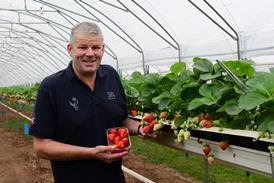
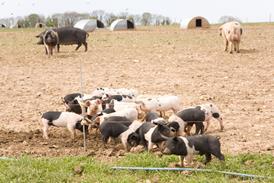


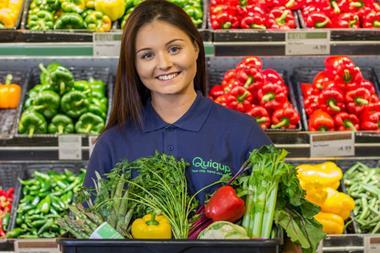
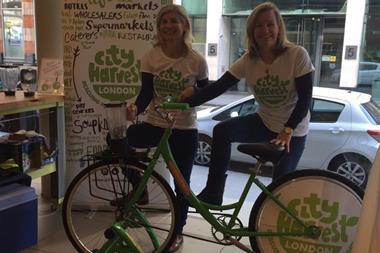

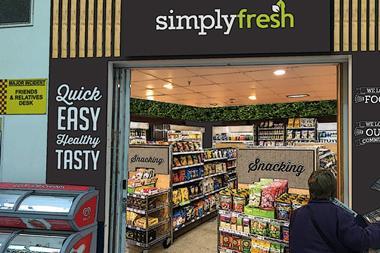








No comments yet